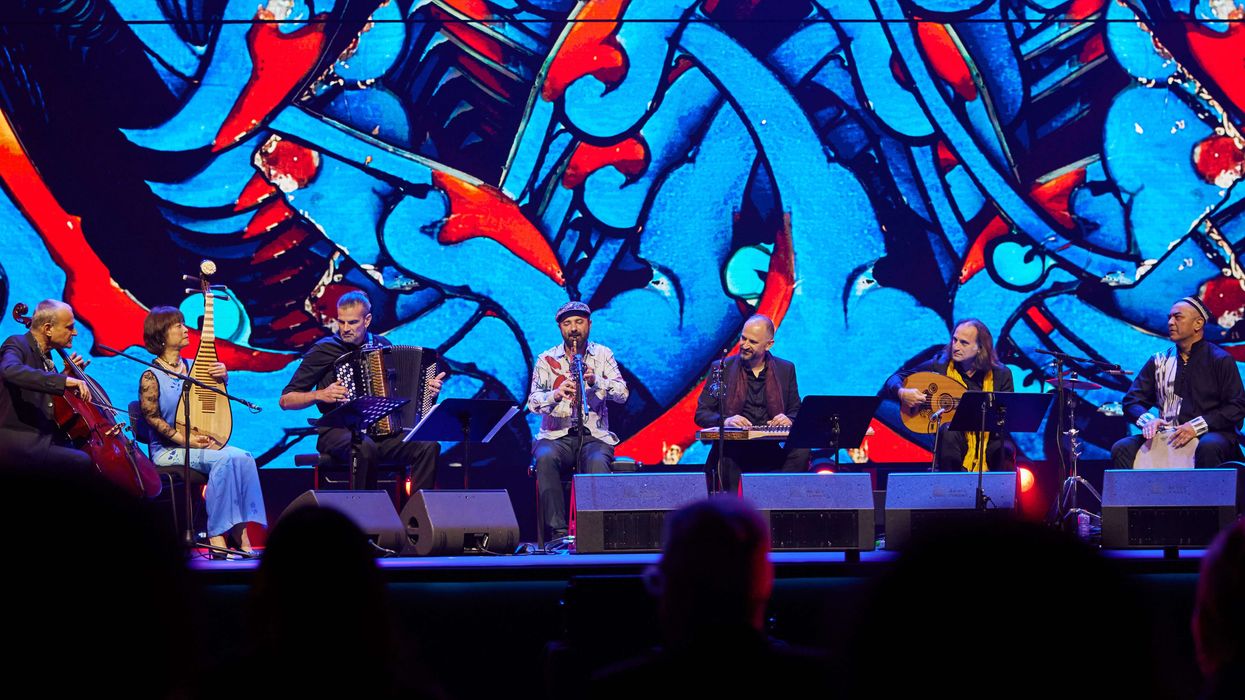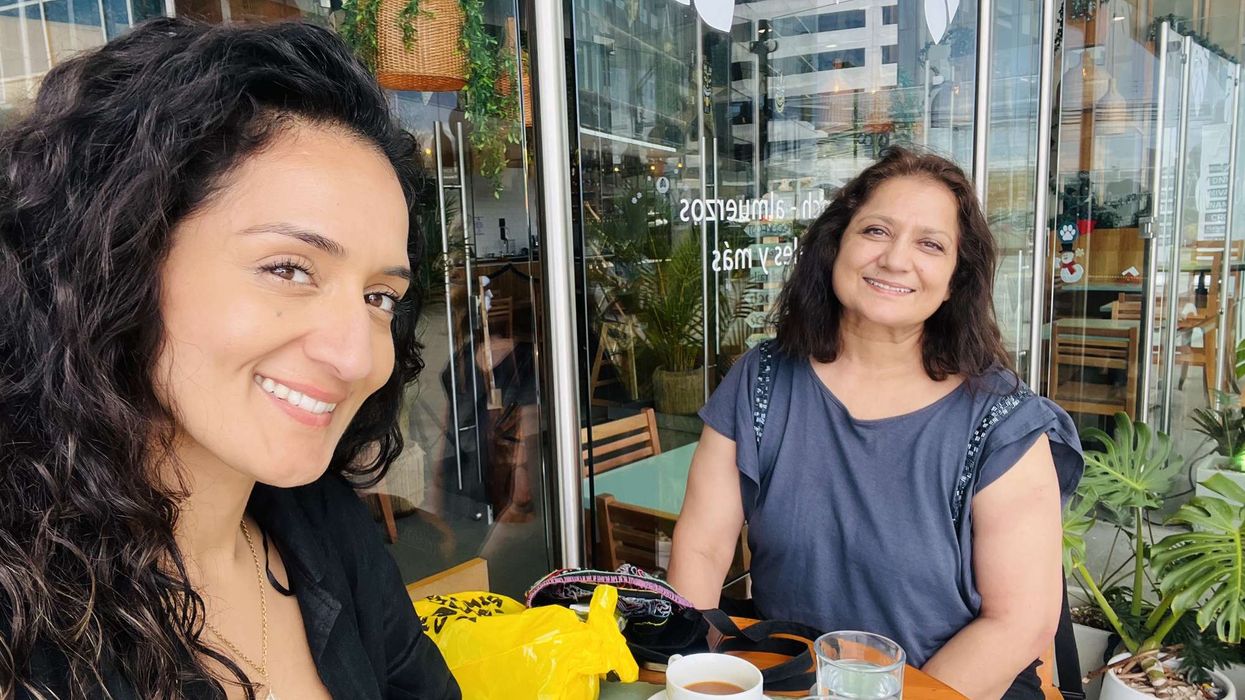CHUTNEY soca music is a beautiful blend of African, Caribbean, and Indian beats. It has helped define the south Asian diaspora across the Caribbean and is loved by millions around the world.
The brightest shining light of this popular music genre has been the Chutney Soca Monarch competition, which has taken place annually in Trinidad & Tobago for three decades.
Founder George Singh has powered chutney music to great heights since founding the competition in the 1990s and is now looking forward to the 30thanniversary show on March 1.
As every year, top names from chutney music will headline a grand show where they compete for the coveted title and a substantial cash prize.
Eastern Eye caught up with the Trinidad-based business entrepreneur, event producer, and chutney music expert to discuss the genre. He also spoke about his annual competition and hopes for this fast-growing fusion genre, described as a “sleeping giant” of commercial music.
What first connected you to chutney soca?
My first experience with chutney soca music was back in 1995 when I was invited to attend a show in the village of Penal. I was totally blown away by the energy and vibe of this infectious music. The 3,000 people at the event were just having a blast. Having an event background, it piqued my interest, as I felt this was something very different that the entire country needed to experience.
What specifically inspired you to set up the Chutney Soca Monarch competition?
Back in 1995, when I started planning the first event, carnival competitions in Trinidad & Tobago were very popular. However, there was no competition covering Indo-Caribbean music. I felt that carnival time in Trinidad was the perfect platform for this music. The music had a carnival feel to it and catered to a different side of the market. I just had a feeling deep inside that this would take off in a carnival environment.
What was the initial reaction when you proposed the idea of doing an annual competition?
(Laughs) Many thought it had no place in a carnival and that it would fail, but I was positive it would be successful. Today, the genre’s popularity and the phenomenal growth of the industry have been largely due to the introduction of the Chutney Soca Monarch (CSM) in 1996.
Tell us about the popularity of chutney music.
Since 1996, the music has grown in popularity and reaches millions across the globe. It is very popular among the Caribbean diaspora and in places with large Caribbean communities like Miami, New York, London, and Toronto. Its strongest followings are in Guyana, Suriname, and Trinidad & Tobago. My hope is to extend its reach to all countries, just as other popular music genres have done.

What has been your most memorable moment with the event?
One of the most memorable years was 2012 when we were able to offer a first prize of $2,000,000 TTD (approximately £200,000). This was a very special year for us and marked a significant milestone in the competition’s history.
How important has your platform been for new and established talent?
The CSM platform has become the most important stage for breaking new talent. It provides an opportunity for artists to get their music seen and heard by a much larger audience in a short time.
Who have been some past memorable winners?
All the winners are memorable because the standard is so high every year. Rikki Jai has won the show nine times, while Rooplal Girdharie has won seven times. The competition has opened doors for almost every winner, taking them to stages across the globe. Ravi B, one of the most popular winners, has excelled and represents the genre internationally.
Tell us more about the 30th-anniversary event.
This year is going to be very special, with plans to make it one of the biggest productions ever. The Chutney Soca Monarch has become a staple of the carnival season and is now considered a national event with a substantial international fan base.
How proud are you that it has been going for 30 years?
I am extremely proud of what we have achieved over the last 30 years. We have taken what was once considered “village music” and brought it to an international stage. It has created mega opportunities for artists and spawned an industry that includes bands, music producers, dancers, and even prop builders. It has also provided employment for thousands of people annually.
What makes chutney soca so special?
Trinidad & Tobago’s population is made up of 47 per cent African and 47 per cent Indian. This is the only event that fuses music from both Afro and Indo elements, making it uniquely special.

Would you agree that globally chutney music needs more recognition?
Most definitely! That’s why it’s often described as the “sleeping giant” of world commercial music. We need to find more avenues to increase its global visibility, and this is slowly happening.
Tell us something interesting about the genre not many people know.
Chutney music originated in the 1940s as a fusion genre created by Indo-Caribbean people in the West Indies. Its roots trace back to Bhojpuri folk songs, brought to the region by indentured labourers from India after the abolition of slavery to work on sugar plantations.
What are your hopes and plans for the genre?
I believe that chutney music shares similarities with popular genres like Indi-pop, Afro-beats, and Latin fusion. It combines unique elements to create an infectious and enjoyable sound. With the right support, I believe chutney music can break onto the international scene.
What inspires you?
When I look back at what we have achieved over the last 30 years in bringing this music to the forefront, I am inspired to continue this work. My goal is to break chutney music onto the international stage within the next five years. I believe it’s very possible.






 Mallika Sherawat poses outside the White House in a pink ombre dress Instagram/mallikasherawat
Mallika Sherawat poses outside the White House in a pink ombre dress Instagram/mallikasherawat  Mallika Sherawat poses at the White House in a pink ombre dress Instagram/mallikasherawat
Mallika Sherawat poses at the White House in a pink ombre dress Instagram/mallikasherawat 





